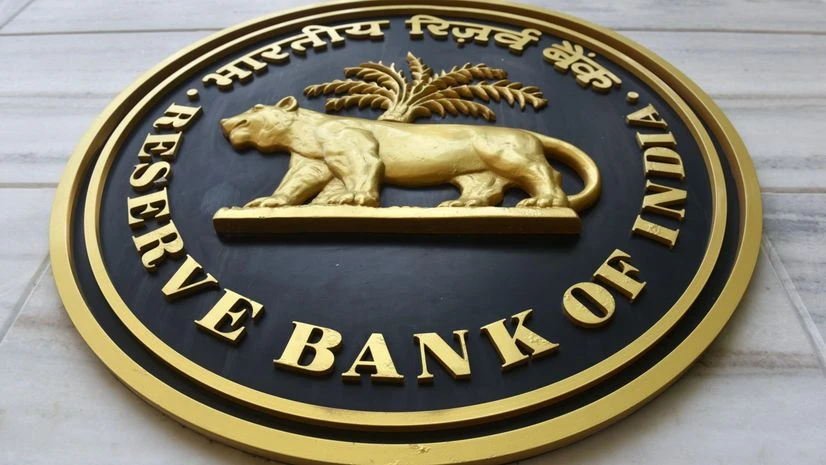With banks focusing more on retail loans these past few years, such loans have grown at a faster pace than the overall loan growth between March 2021 and March 2023, observed the Reserve Bank of India’s latest edition of the Financial Stability Report released on Wednesday.
Retail loans grew at a compound annual growth rate (CAGR) of 24.8 per cent from March 2021 to March 2023, nearly double the CAGR of 13.8 per cent for gross advances during the same period.
Retail loans formed about one-third of the total banking system’s gross advances.
The data further showed that the composition of secured and unsecured advances has changed during this period, with unsecured retail loans increasing from 22.9 per cent to 25.2 per cent and secured loans declining from 77.1per cent to 74.8 per cent.
Although the gross non-performing asset (GNPA) ratio of retail loans was low at 1.4 per cent in March 2023, the share of special mention accounts (SMA) was relatively high at 7.4 per cent for scheduled commercial banks, and accounted for a tenth of the retail asset portfolio of public sector banks, the report said.
Also Read
However, SMA 1 and SMA 2 accounts, which have a higher proclivity for default, have shown improvement, with the total ratio of these two categories falling from 4.2 per cent in March 2021 to 2.3 per cent in March 2023.
SMA 1 refers to loans where repayment is due for more than 30 days but less than 60 days; SMA 2 are dues that are more than 60 days but less than 90 days. When a loan becomes overdue for 90 days, banks classify it as non-performing.
Although there has been an increase in overall SMA 1 loans during the 2022-23 (FY23) January-March quarter, the total stock of SMA category loans has fallen by 26.2 per cent (on-quarter) in the same period, the report said.
Unsecured retail loans formed only 7.9 per cent of the total banking system credit.
“Moreover, their (unsecured loan) asset quality has improved, with the GNPA ratio declining from 3.2 per cent to 2 per cent during this period. Thus, notwithstanding few signs of potential stress in retail loans, they do not pose an imminent risk to systemic stability,” the report said.
Commenting on resource mobilisation by banks, the report said deposit growth improved in the current financial year (2023-24) to 11.8 per cent in early June, compared with 10 per cent in FY23. The improved growth in deposits was partially aided by withdrawal of the Rs 2,000 banknotes.
Deposit growth has been lagging behind the credit growth of banks which was 15.4 per cent as on June 2.
“Although deposits have trailed the rate of credit expansion, the structural liquidity mismatch has been narrowing, and the annual incremental credit-deposit ratio has come down from its recent peak of 141.8 per cent in November 2022 to 94.7 per cent on June 2, 2023,” the report noted.
The report sounded a word of caution concerning high inflation and the subsequent rise in borrowing costs.
The report said high inflation, coupled with a rise in borrowing costs, adversely impacts the finances of households and their loan repayment capacity, which can have implications for lending banks.
“Identifying different measures of risks using individual home loan data, it is found that a twin shock in the form of a simultaneous increase in inflation and lending rates can put even households with sustainable repayment capacity at risk and double the loans at risk,” the report added.

)
